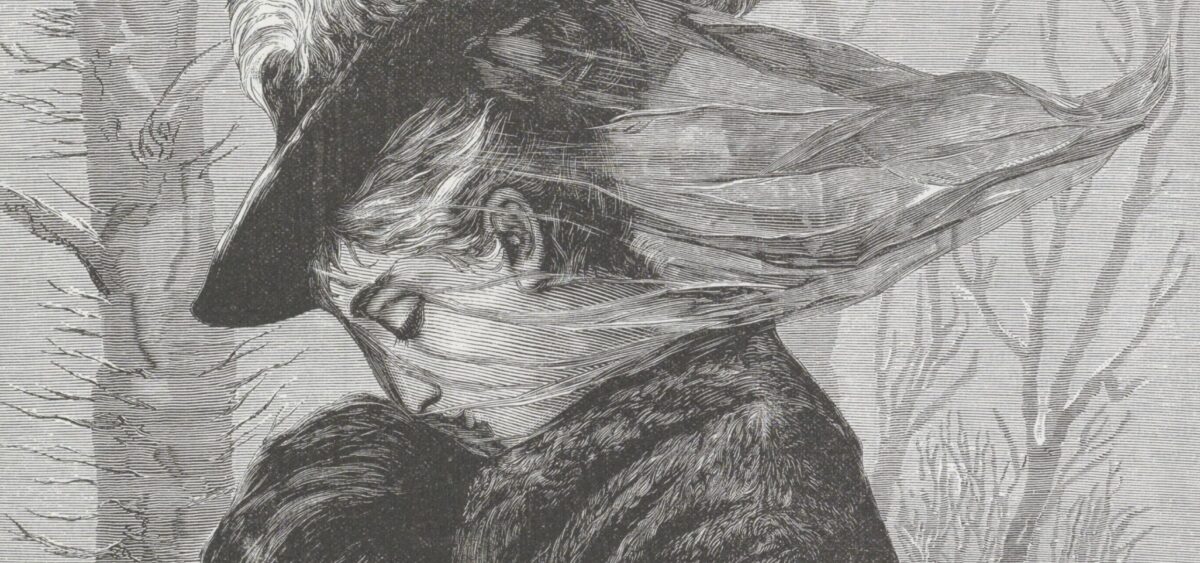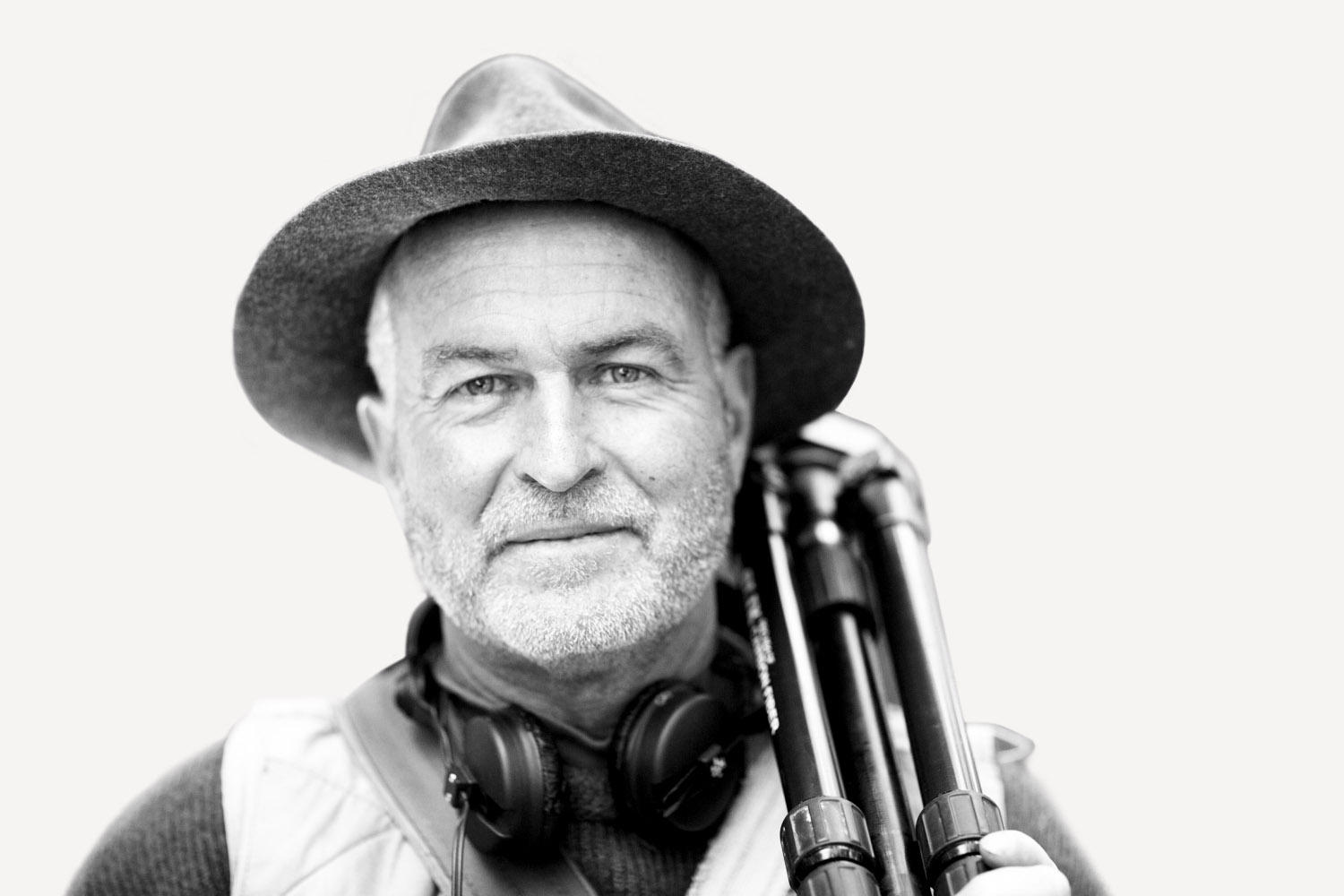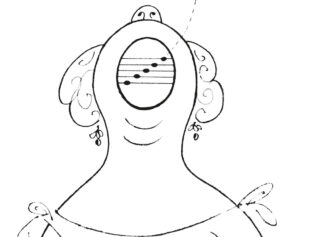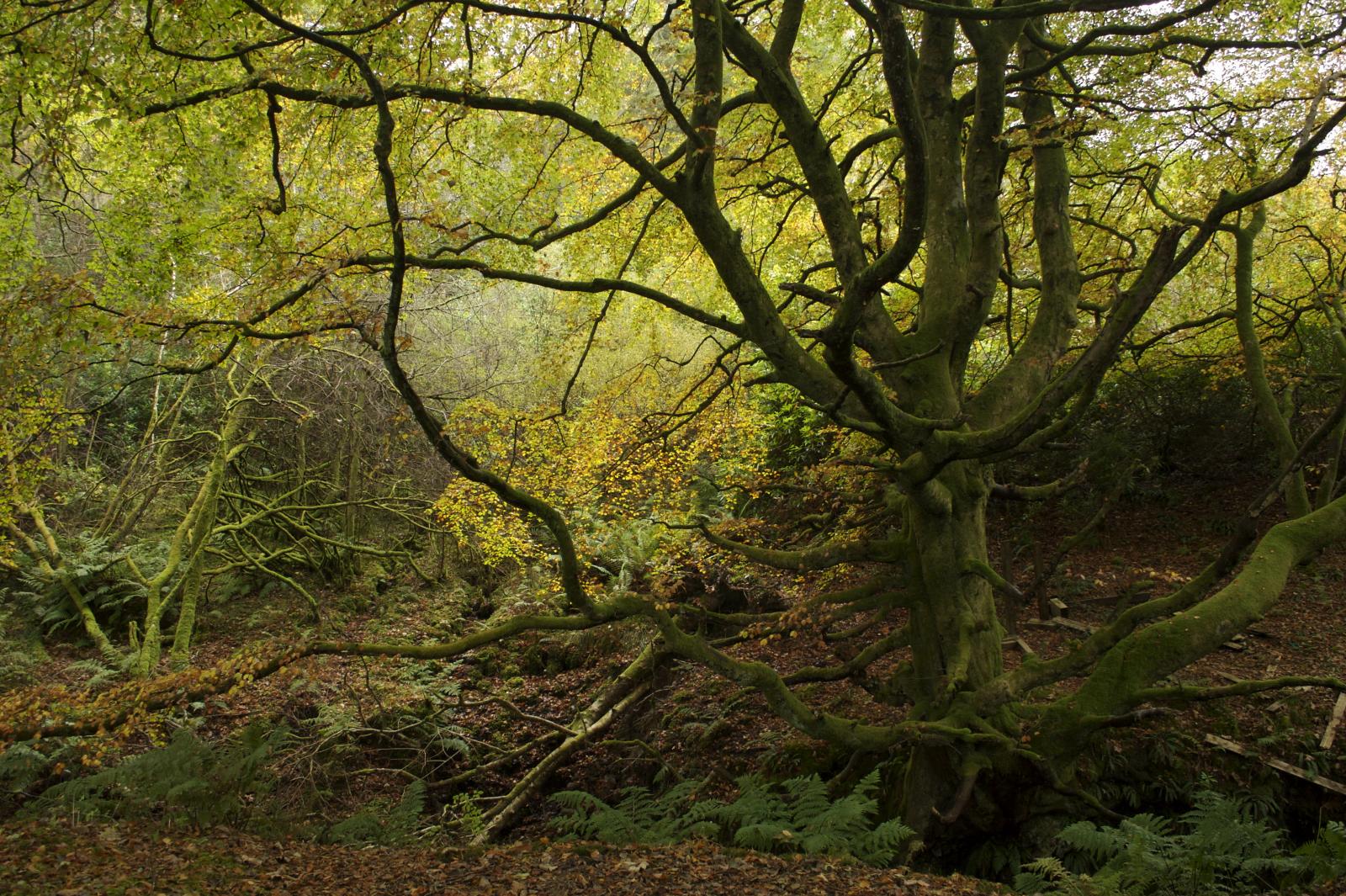
We are so used to constant noise that we’ve stopped hearing quieter sounds: whispers, hums and creaks. It’s time to open up to the world again. Let’s start our soundwalk! It’s best to keep both eyes and ears wide open. Taking walks for pleasure and good health is all about noticing the soundscapes around us – seemingly trivial, inconspicuously relevant, inaudible and deafening, too. Of all the human senses, sight is considered the most trustworthy. However, those two funnily protruding body parts attached to our heads deserve appreciation as well. They are worth being taken care of, not only during our morning routines.
An auditory workout can be completed anytime, anywhere and with anyone who cares enough to keep you company throughout. Even though it may sound about as exhausting as laying on the couch, it can be a bone-shaking experience. Especially when it comes to the smallest bones, which are located in the middle ear and bear such quaint names as hammer, anvil and stirrup (they are responsible for our hearing). So, time for a walk!
Soundscape
Start walking. If you are used to listening to music while walking, turn it off and open up to the sounds on your path. Follow them and immerse yourself. Keep your ears on swivel. Be the composer of your walk!
Hildegard Westerkamp, a pioneer and popularizer of soundwalking, begins her instructions with the following words:
Start by listening to the sounds of your body while moving. They are closest to you and establish the first dialogue between you and the environment. If you can hear even the quietest of these sounds you are moving through an environment which is scaled on human proportions.
The thing is that it’s hardly possible to blaze new trails nowadays, or to find ‘an environment which is scaled on human proportions’. If you can’t hear sand squeaking under your shoes, the air murmuring in your nose or the creak in your knee that was killing you just the other day, you must either be dead or experiencing an ‘unbalanced’ soundscape. To put it bluntly, you and your ears have probably got stuck in the everyday sound buzz.
The poetic term used to describe all the acoustic aspects of a landscape was invented in the 1960s by Canadian composer Raymond Murray Schafer. Soundscapes include everything we hear in a certain place at a certain time; sometimes, they become manifest (despite the ubiquitous visual culture we live in) and turn our attention to the phenomenon of hearing. Today, also thanks to Schafer’s efforts, musicology students listen to and into the space around them, hoping to conserve the more valuable soundscapes, those that are ‘scaled on human proportion’.

As long as we don’t break off our toxic relationship with petrol engines, soundwalking will be a painful and tiresome experience. Because of long-term exposure to exceedingly loud and chaotic sounds, we became used to them and started ignoring noise. However, shutting off various sounds has a dire effect on our hearing: it decreases hearing sensitivity and disrupts its functioning. If we don’t start exercising this sense, quieter and gentler sounds will go unnoticed, passing right through our unfeeling ears without effect. Eventually, they will disappear.
What Else Do You Hear?
Treat your first soundwalks as a warm-up. Let the great symphony of the world play out while you become its navel! As Westerkamp says:
Try to move Without making any sound. Is it possible?
Which is the quietest sound of your body?
[…]
Lead your ears away from your own sounds and listen to the sounds nearby.
What do you hear? (Make a list)
What else do you hear? Other people Nature sounds Mechanical sounds
Start taking your soundwalks in places where you can hear both your own thoughts and your joints popping. Let your hammers, anvils and stirrups relax. A few sessions are enough to improve your sound-reading comprehension. You will learn to break up noises into prime factors, and your everyday life will benefit from it, because humming, tapping, crashing, screeching, clattering, whistling, rumbling, rasping, clinking, banging, squealing, splashing, smacking, moaning, roaring, whispering and screaming are all rich sources of information about the world around us. As a soundscape guide, Westerkamp even claims that practising soundwalking can… improve our chances of survival!
How many Continuoussoundscontinuous Continuoussoundscontinuous
Can you detect Interesting rhythms Regular beats The highest The lowest pitch.
Do you hear any Intermittent or discrete sounds Rustles Bangs Swishes Thuds
What are the sources of the different sounds?
What else do you hear?
Lead your ears away from these sounds and listen beyond—–into the distance. What is the quietest sound?
Don’t check how far you have walked. Instead, try to assert the feelings and reactions you have in various acoustic spaces. What do you feel? Can you hear more than you can see?
Go outside and try to hear the sounds of the wind. Discern the low tones from the high-pitched ones. You may also notice that some of them have a changing frequency, which means their volume changes continuously, too. How does architecture influence sounds carried by the wind? What are your reactions to different sounds?
Stop for a second and ask yourself:
What else do you hear? What else? What else? What else? What else?
All quotes come from Hildegard Westerkamp’s Soundwalking, published in Autumn Leaves, Sound and the Environment in Artistic Practice. Edited by Angus Carlyle. Paris: Double Entendre 2007.









